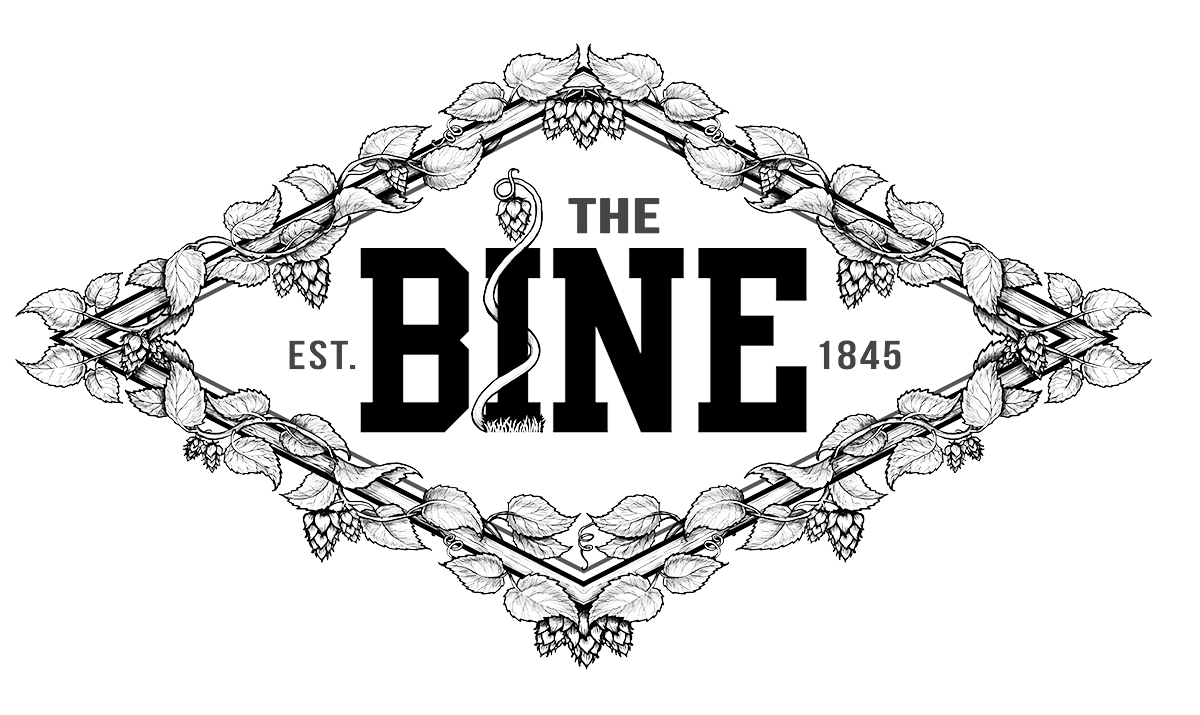Supercharge Your Beer Production With Hopsteiner’s Brewing Calculators
One of the biggest questions that brewing companies, big and small, have on their minds at all times is: “How can I formulate and optimize my recipes?” We know the struggle of manually testing recipes and determining how much of each ingredient you need, so we here at Hopsteiner decided to come up with a solution: brewing calculators.
Our calculators can assist you in determining exact product dosing, keg carbonation (PSI), beer priming (CO2), beer color standard reference method (SRM), bitterness (IBU), and alcohol-by-volume (ABV)!
These formulas were developed with the goal of creating great tasting beer in mind. Try testing the following brewing calculators out with your next recipe.
Extract Product Dosing Rate Calculator
Used to determine the dosage of CO2 hop extract you need to target a specific International Bitterness Unit (IBU). Hopsteiner’s hop extracts are made from hops via carbon dioxide CO2 extraction. Extracts retain the hop’s α-acids, β-acids, essential oils, aroma and bittering characteristics. Hop extracts are highly-concentrated products that provide convenience, efficiency, stability, consistency and flexibility to brewers.
Keg Carbonation (PSI) Calculator
Estimates the correct regulator setting that force carbonation of beer requires. Calculates keg pressure in pounds per square inch (PSI) to set the regulator at given temperature, and the volumes of CO2 when kegging.
Beer Priming (CO2) Calculator
Estimates how much priming sugar to add during bottling. The beer you’re about to package already contains CO2 that has naturally developed as a byproduct of fermentation. The amount of sugar needed is “fermentation temperature-dependent.” The remaining yeast ferments the sugar, and this produces CO2. This calculator includes the residual amount of CO2 present in the beer due to fermentation, and it works for corn sugars, table sugars and dry malt extract. Sugar is added at bottling time.
Beer Color (SRM) Calculator
Estimates how light or dark your beer will be based on the known grain color values assigned to grains, extracts and adjuncts. It also factors in the quantity of the ingredients to calculate the resulting beer’s approximate color profile using the Malt Color Units (MCU) Formula. Note that using MCU is fairly accurate with light-colored beers, but it becomes increasingly inaccurate for beers with SRMs over 10.
Bitterness (IBU) Calculator
Use your target batch size and original gravity to estimate how bitter your beer will be based on up to six hops additions. Calculations have been adjusted for full and partial mash batches. Also taken into consideration is the average utilization differences between whole leaf hops and pellet hops. The IBU scale starts at “0” for beers with no bitterness (fruit and sour beers), and goes all the way up to “120” for highly bitter beers.
Alcohol-By-Volume (ABV) Calculator
Estimates your initial and final gravity readings, and supports both Plato and SG reports for apparent attenuation and calories. When using a hydrometer, you’re measuring the specific gravity (SG) of your beer’s density as is relative to water. Since alcohol is less dense than water, measuring the difference in your beer’s density before it begins fermentation will create the less dense alcohol, and you can then measure the alcohol change-by-volume.
We hope you find these calculators incredibly useful when creating your next beer recipe. Once you determine the ingredients you need, feel free to check out Hopsteiner’s “Ordering Availability” page to see the hops we currently have in stock.

